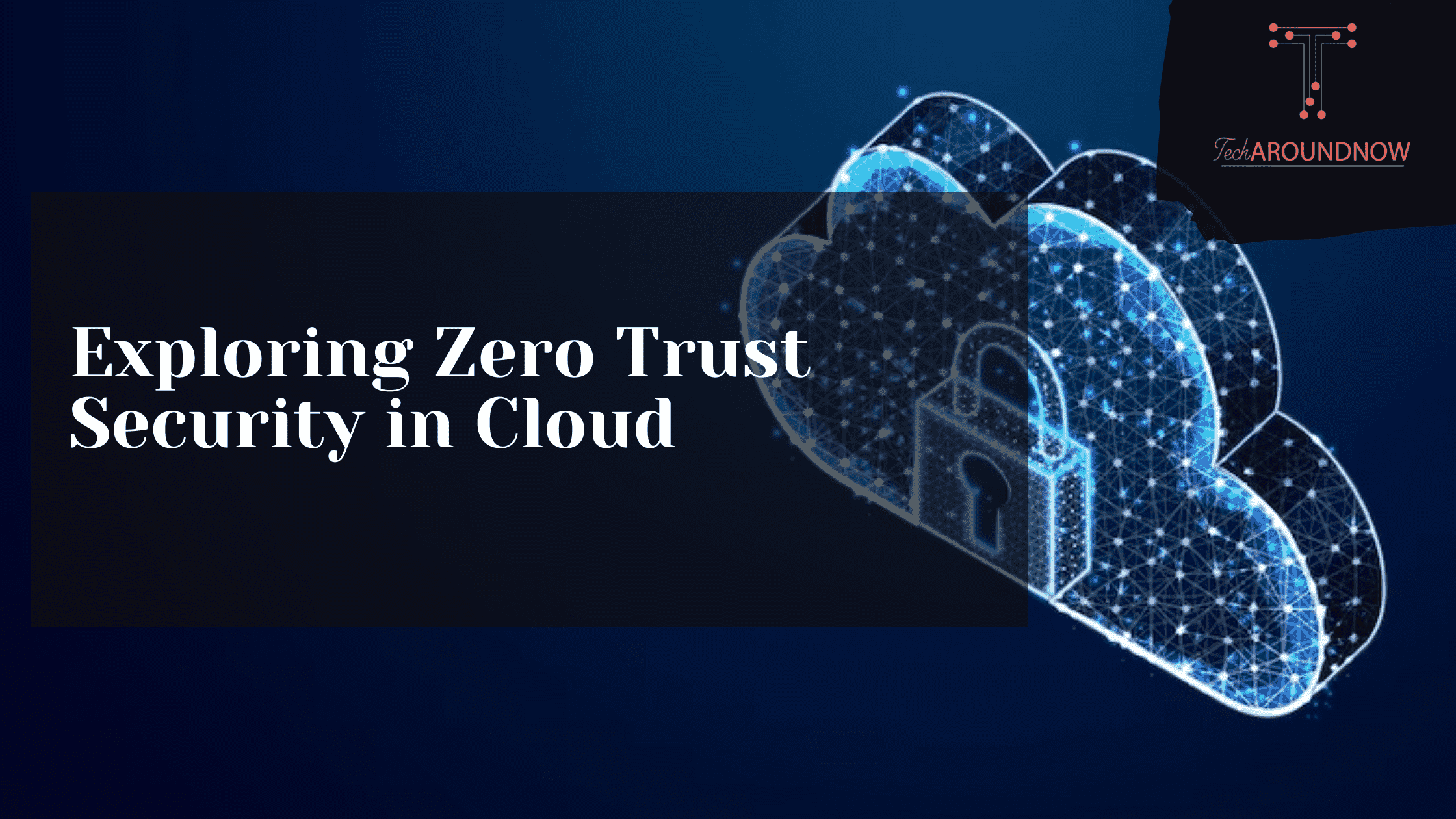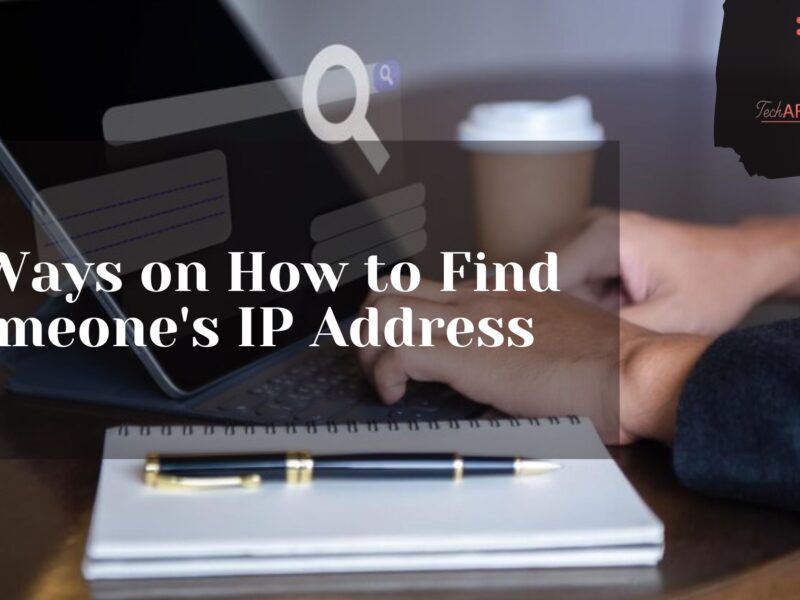It is expected that more than 50% enterprises will be using cloud platforms to manage their business processes by the year 2027. The cloud environment provides businesses with scalability, flexibility, cost-efficiency, and specifically its ability to cater to remote working environments.
However, it has also introduced new security challenges that demand innovative approaches. One such solution gaining traction is Zero Trust security in the cloud. Today, we will walk through the Zero Trust security environment and its significance in cloud environments.
Understanding the Principles of Zero Trust
As cyber threats are getting more and more sophisticated, businesses are searching for innovative security approaches. In traditional security, the perimeter security approach was leveraged where all the users within the network are trusted. Once a user gains access to the network, they are typically given broad access privileges to various resources, leading to potential vulnerabilities.
A data breach or unauthorized access could have disastrous consequences. Zero Trust Security, on the other hand, is a revolutionary concept that challenges the traditional approach. This model is based on three principles that provide a roadmap to plan a systematic strategy around a zero-trust environment.
Never trust; Always Verify
Every time users log on to access networks and applications, they have to pass through an authentication process. This is done through multi-factor authentication, endpoint security, identity and access management as well as other authentication methods to prevent the emergence of new threats.
Least Privilege
Access is granted only to the specific resources necessary for the user’s role or task. For instance, a payroll accountant won’t be granted permission to access employee performance records. This role-based access approach reduces the attack surface, making it significantly harder for malicious actors to exploit weaknesses.
Assume Breach
This principle assumes that the risk of breaches is always there. So it involves continuous monitoring and threat intelligence that will alert administrators about a potential threat before it can incur damage. Such measures also provide metrics to enable administrators to adapt to new threats quickly.
Key Components of Zero Trust Architecture
Before you consider deploying a zero-trust security strategy, you need to set up the infrastructure with proper components and controls. Here are the key components that are prerequisites for implementing a zero-trust model:
Identity and Access Management (IAM)
IAM makes the foundation of a zero-trust security model. This system works to manage the authentication, identities, and authorization.
Network Segmentation
Network segmentation is also a crucial part of the Zero Trust model. The network is segmented into separate zones with stringent access controls in place to limit data flow.
Multi-factor Authentication (MFA)
Multi-factor authentication deters the harms of compromised passwords. Its deployment on access points to verify the identity of users and devices protects your data and information from getting into the wrong hands.
Endpoint Security
Smartphones, laptops, and other endpoint devices should be kept secure by implementing strong access control measures and continuous management to prevent unauthorized access or compromise.
Data Encryption
Data at rest and in transition should be strongly encrypted. This help prevents nefarious actors from exploiting the data even if they penetrate your system.
Threat Intelligence
This one takes a proactive approach by regularly monitoring and analyzing security events. Threat intelligence identifies potential vulnerabilities and responds accordingly.
Vulnerability Assessment and Penetration Testing
Penetration testing and vulnerability assessments help identify and mitigate vulnerabilities in applications and networks.
Incident Response Plan
An incident response plan in place works on effectively responding to security incidents and reducing the impact of a breach. Once you set up these components in place, you can implement the Zero Trust security model in your cloud environment.
Application of Zero Trust Principles in Cloud Cybersecurity
Here are some applications of the Zero Trust security model, dedicated to protecting the cloud environment.
Secure Remote Access
The cloud environment is predominantly adopted by individuals and businesses having remote or hybrid working in place. It facilitates remote workers to gain access to critical data, regardless of their location. A Zero Trust approach ensures that all remote access attempts are rigorously authenticated and authorized before granting access to cloud resources.
Continuous Monitoring and Analysis
The Zero Trust model requires continuous monitoring and analysis of user behavior and network activity, which helps to deter vulnerabilities in the cloud environment. This involves employing security information and event management (SIEM) tools and leveraging artificial intelligence to detect anomalies and potential security threats in real-time.
API Security
Many cloud services rely on APIs for integration and communication. Zero Trust encourages securing APIs through proper authentication, access controls, and rate limiting to prevent unauthorized access or abuse.
DevSecOps
Integrating security into the development and deployment process is crucial in a cloud environment. Zero Trust can be incorporated into DevOps and DevSecOps practices to ensure that security is considered at every stage of the application lifecycle.
Trends in Zero Trust Cloud Security
With the emergence of hybrid and multi-cloud environments, the importance of the Zero Trust model has increased more than ever.
Let’s have a look at trends in Zero trust environment.
- Increased demand for endpoint security control and visibility, and CISOs’ investment in end-point security solutions.
- Network access control solutions will increasingly become part of regulatory compliance standards.
- Generative AI and AI-based patch management will be the next frontier for the Zero Trust security model
- Basic and Next-generation firewall abilities will be reconsidered in response to the continuing evolution of ZTNA.
Current Challenges in Implementing Zero Trust
Though the Zero Trust model has everything that a secure network infrastructure should have, it is also prone to some challenges that might halt its widespread adoption.
- The perimeter-based legacy systems are not designed around the Zero Trust principle and retrofitting them will incur additional costs.
- Smaller organizations with limited resources may find it challenging to implement and manage a comprehensive Zero Trust security framework due to budget constraints
- Adopting Zero Trust may require changes in policies, procedures, and organizational culture, which can be met with resistance and may take time to implement effectively.
- The increased authentication and authorization checks in a Zero Trust environment can introduce some performance overhead, especially during peak usage times.
Zero Trust Case Study: Implementation in the Cloud
There are plenty of businesses and financial institutions that have moved away from perimeter security in favor of a robust Zero Trust security model. Google successfully implemented Zero Trust security in their cloud environment with ZTNA technologies BeyondCorp. When setting up a Google account, access is limited to the services a user subscribed to or downloaded. Authentication provides an encrypted tunnel to the user’s chosen Google resources.
For instance, a user’s Google Drive, documents, and spreadsheets are exclusively accessible to that user and remain hidden from any other individuals logged into Google. However, the user can share access but can also revoke access at any time.
The Future of Zero Trust in Cloud Cybersecurity
Remote work and hybrid cloud environments are here to say, so does the ZTNA to secure these distributed networks. Strong encryption, multi-factor authentication, role-based access control, and identity and access management as mentioned above works collectively to cater to the dynamic nature of the cloud. Besides, AI will further enhance the capabilities of ZTNA in controlling and monitoring access points.
Final Words
Zero Trust Security is essential to safeguard the cloud environment from the external threats. Despite all the challenges, many organizations have employed the Zero Trust security approach to improve their cybersecurity posture in an increasingly complex threat landscape.
TechAroundNow is a blogging website that centers on the latest technology and marketing innovations and trends, aimed at assisting individuals and businesses across the globe since 2021. TechAroundNow continues to serve as a reliable source for staying up-to-date with the ever-evolving landscape of technology and marketing, ultimately fostering growth and success in the digital era.


